Who says that remembrance of the dead has to be full of sadness and sobriety? Certainly not the Mexicans! In Mexico, the Dia de los Muertos is accompanied by song, dance, folklore, and laughter. We’ll let you in on all you need to know about this special event—known well beyond Mexico’s borders—including its history, rituals, and typical dishes.
When Did the Day of the Dead Start in Mexico?
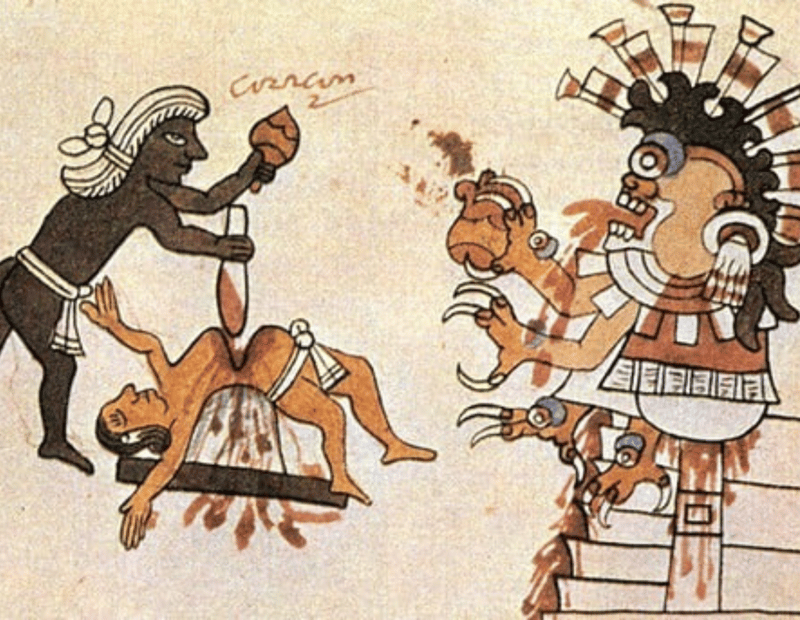
Human sacrifice during an Aztec ritual © Codice Tudela
In Mexico, the celebration of the Day of the Dead dates back almost 3,500 years. And although it has evolved over the years, it is firmly rooted in pre-Columbian beliefs. The Aztecs used to commemorate their dead with songs, dances, and offerings in order to provide for them in the afterlife. Every year, two parties were organized in honor of the deceased. Miccailhuitontli was for children and, 20 days later, Hueymiccailhuitl was the party for adults.
When the Spanish arrived at the beginning of the 15th century, these rites became a blend of traditional and Catholic beliefs. It was Christian influence that set the celebration on November 1st and 2nd, corresponding to the dates of All Saints' Day and the Commemoration of the Dead.
A symbol of popular culture, the Day of the Dead is now considered the most important Mexican celebration. In 2003, UNESCO classified Indigenous festivals dedicated to the dead as part of the "intangible cultural heritage of humanity."
Why Is the Day of the Dead Celebrated?
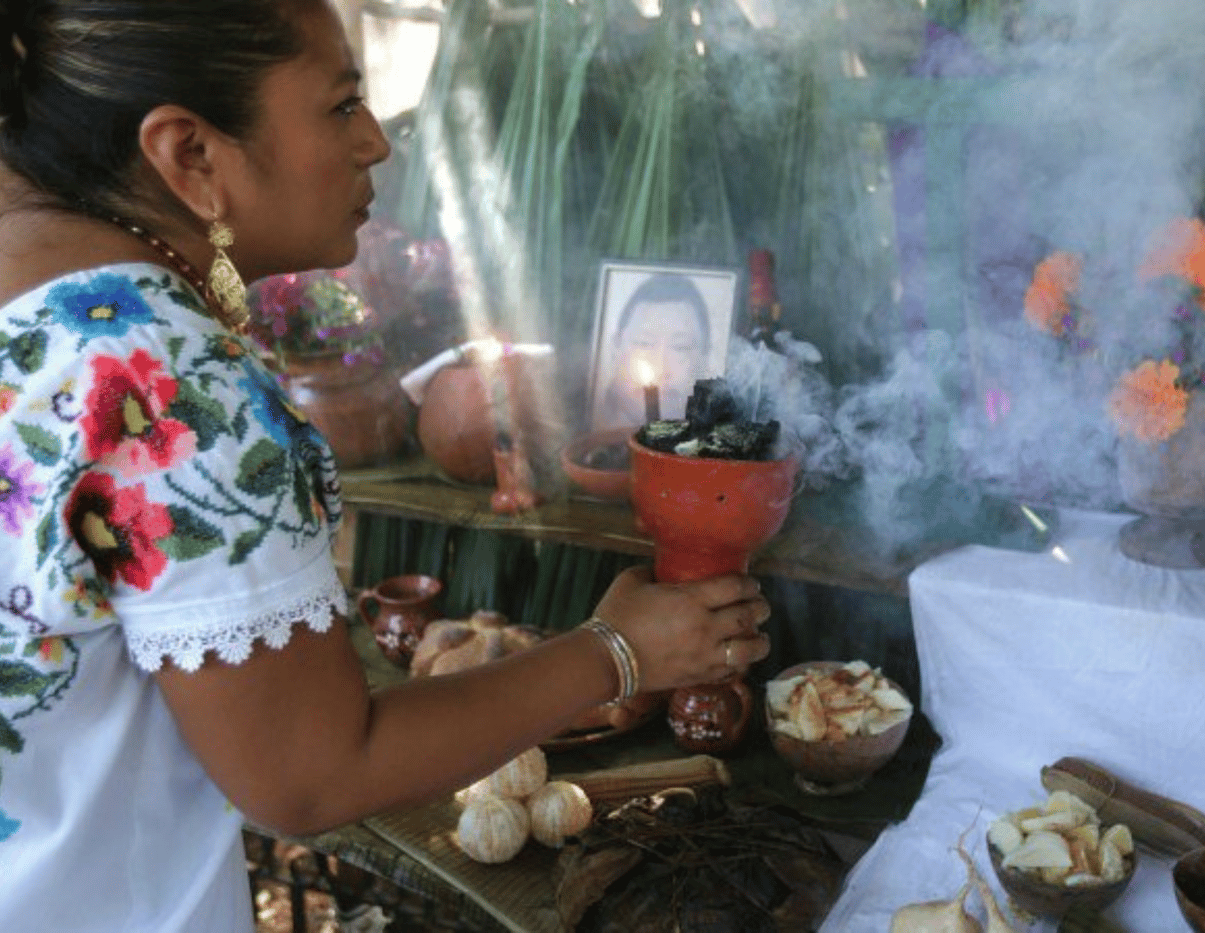
Altar for the Feast of the Dead - Yucatan Mexico. © Hugo Borges
Cultures such as the Aztecs and other Nahua people believed that death was an important and present part of life. When someone passed away, they entered the Land of the Dead where they had a long journey with many challenges to get through until they reached their final resting place. In Nahua tradition, family of the dead offered food and tools to help their loved ones on the journey. This same ritual of honoring and celebrating the deceased is seen in the practices still common in Mexico today, where offerings of food and drinks thought to be enjoyed by those who have departed are left at grave sites or at altars set up in the home called ofrendas.
How Is the Day of the Dead Celebrated?
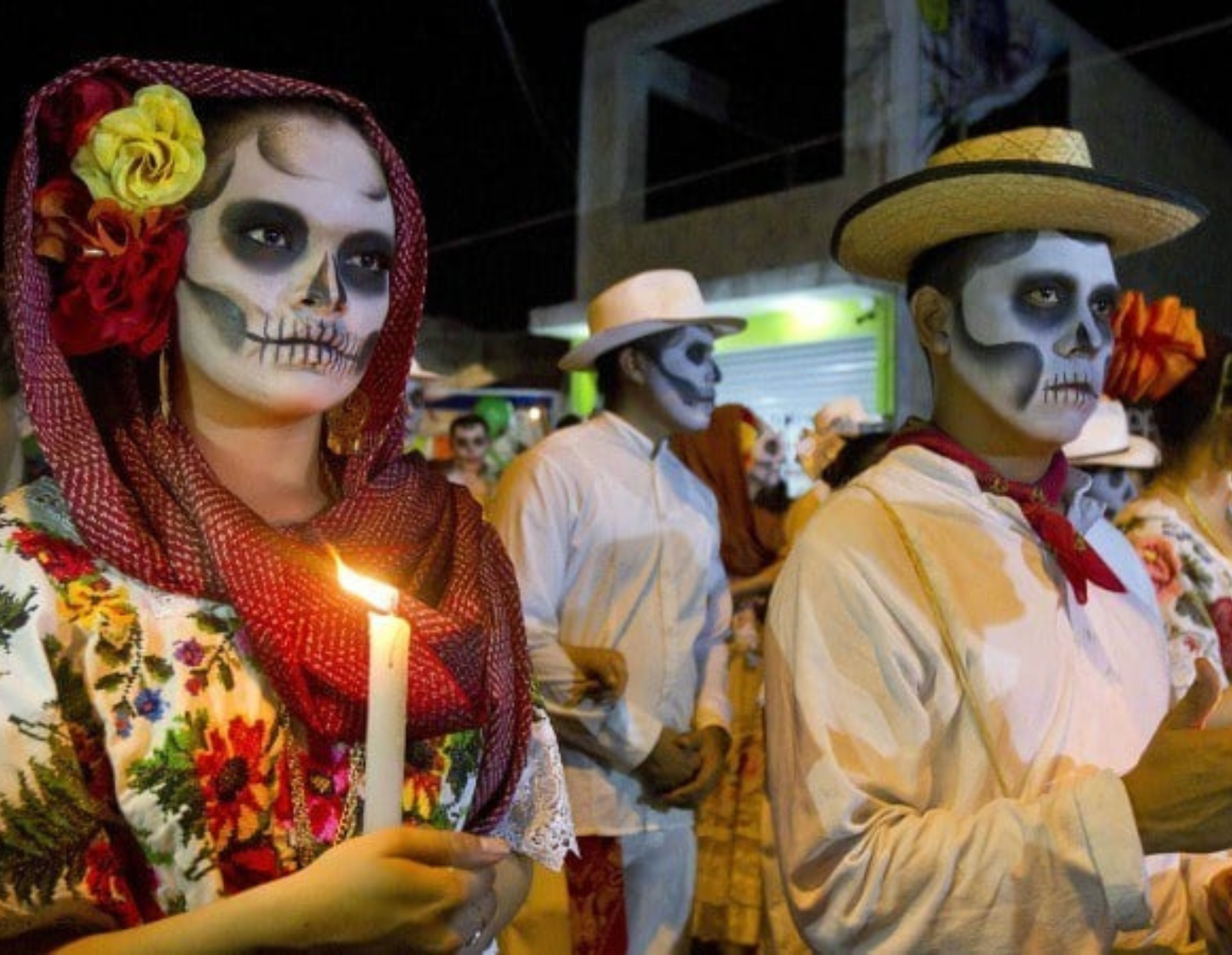
Hanal Pixan Day of the Dead parade in Yucatan, Mexico ©Hugo Borges
As November approaches, a wave of euphoria takes hold of Mexico. Everyone is preparing for the great festivities to come. Families build altars in their homes or in the streets and prepare the favourite traditional dishes of their ancestors. Towns adorn themselves with beautiful decorations and musicians tune their instruments.
For two days, Mexico is transformed. It's a nonstop party, with music, dancing, and processions. Families visit their ancestors at the cemetery and decorate their graves with candles and brightly coloured flowers. Traditionally, meals are shared with the deceased to honour them. Songs and dancing are also on the agenda.
In homes, altars set up for the occasion are covered with offerings of all kinds: fruit, flowers, candles, incense, and sugar skulls accompany photos of the deceased. Ancestors are welcomed with their favourite dishes, not to mention mezcal and tequila!
What to Eat on the Day of the Dead?
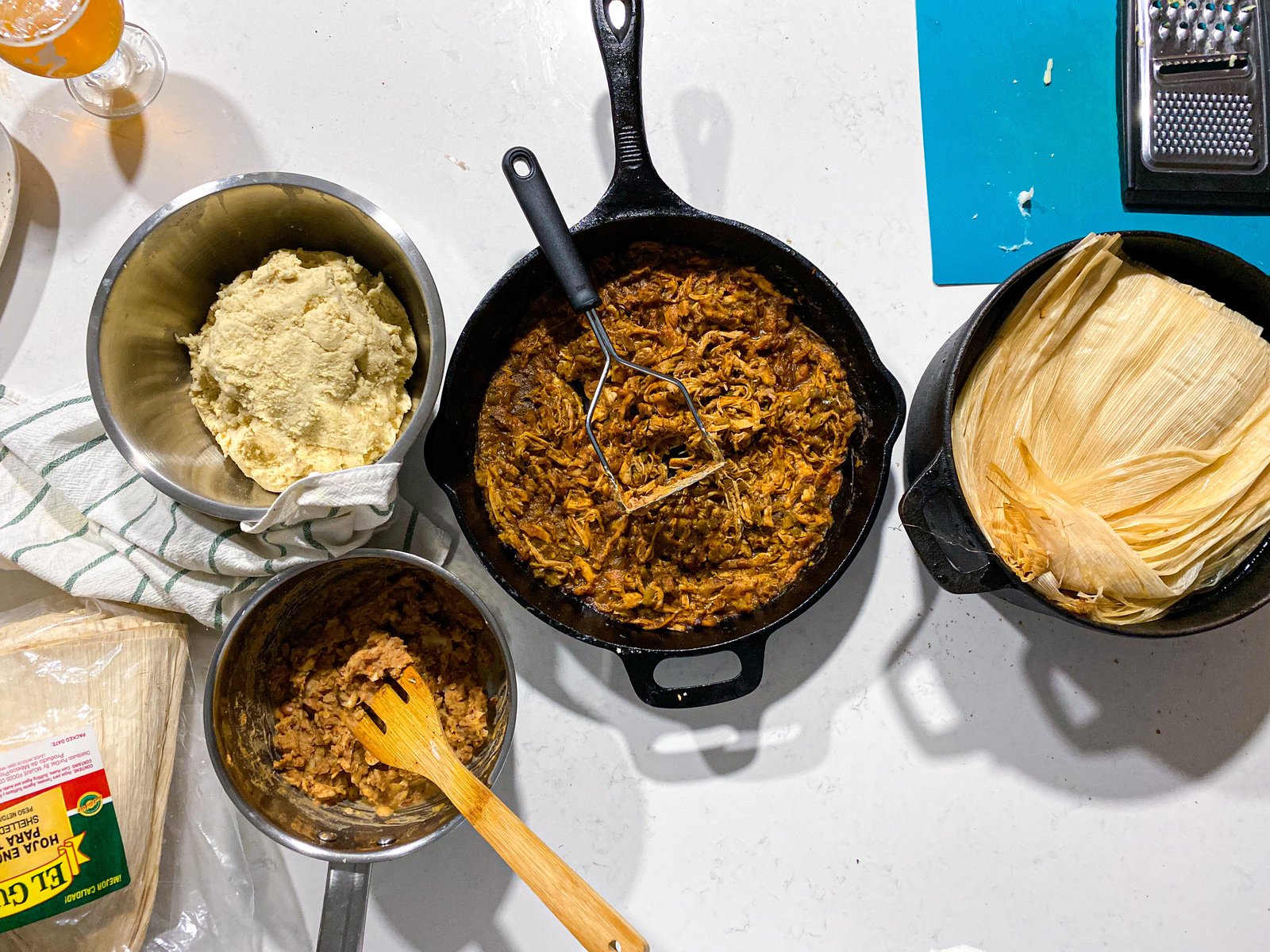
Preparation of tamale. Source: Unsplash
Like every notable occasion in Mexico, the Day of the Dead is also about food! There are three popular dishes that are representative of the celebration.
Pan de muerto is a small brioche, covered with sugar and sometimes filled with cream. Its round shape symbolizes the human heart, once thought to have been offered as a sacrifice during the religious rituals of pre-Columbian civilizations.
Tamale is a kind of wrapper stuffed with meat and black beans. Its preparation varies from one region to another. In Yucatan, the wrapping is banana leaves and it is cooked underground. In the San Luis Potosí region, it can measure up to 5 meters long!
Mole negro is a traditional Mexican sauce made with dozens of ingredients and spices, taking days to prepare. Mole can be sweet like chocolate, or salty, accompanying meat dishes.
What You’ll See On the Day of the Dead
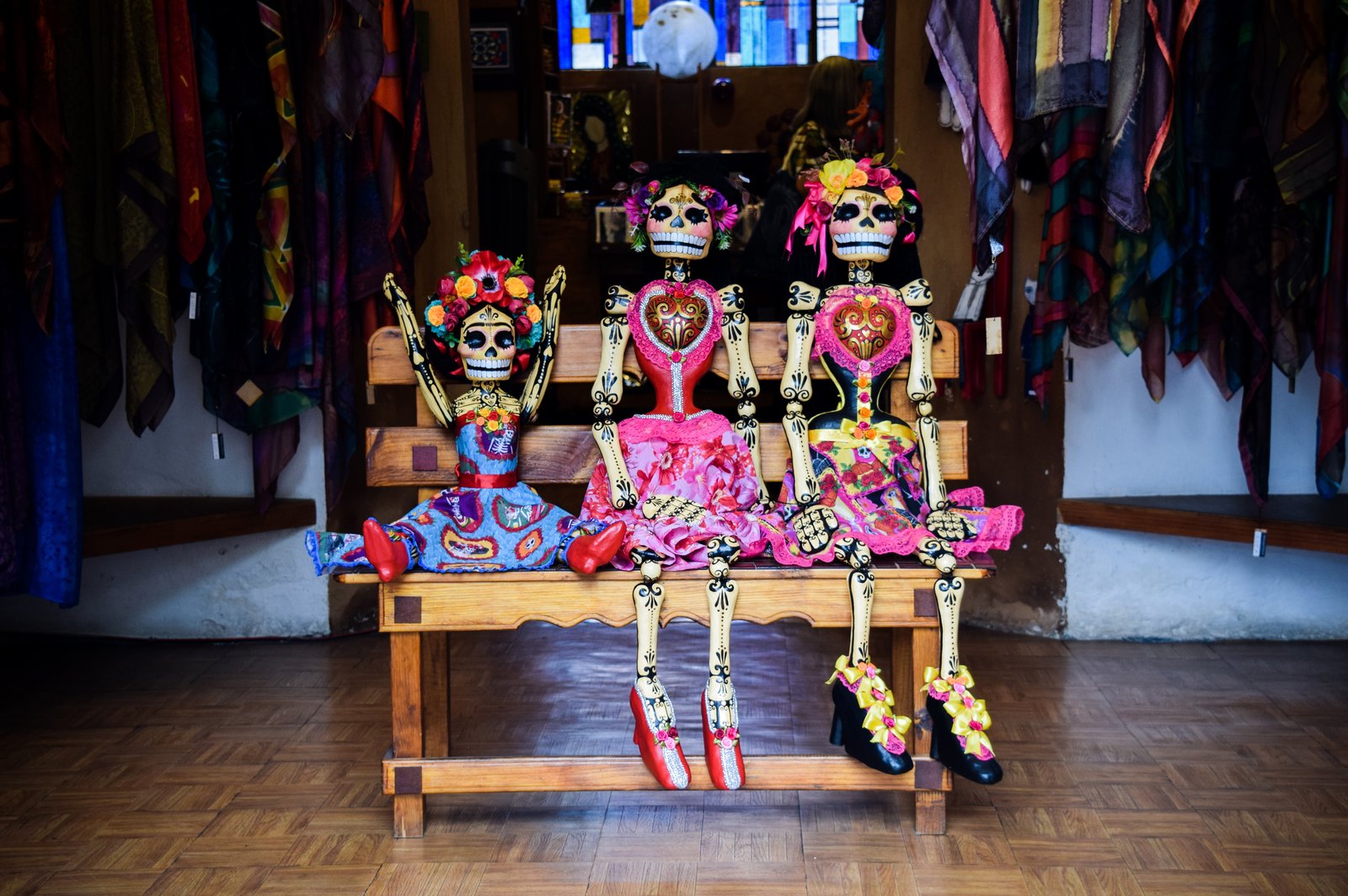
Calaveras. Source: Unsplash
Calaveras (humorous skulls) appeared in Mexico in the 19th century, under the pen of caricaturists Manuel Manilla and José Guadalupe Posada. Emblems of the social revolt against the governments of Benito Juarez, Sebastián Lerdo de Tejada and Porfirio Díaz, all of Mexican society was represented in the form of a skeleton. Religious leaders, soldiers, bourgeois ... no one escaped it.
Years later, the painter Diego Rivera made calaveras famous in one of his paintings, in the guise of "Catrina." You've probably seen this skeleton of a lady from high society, dressed in fancy clothes and a big hat. This caricature of the Mexican aristocracy is today the emblem of the Day of the Dead in Mexico.
To get an idea of the colourful festivities, take a look at these pictures of the most beautiful celebrations of the Day of the Dead in the land of tequila.
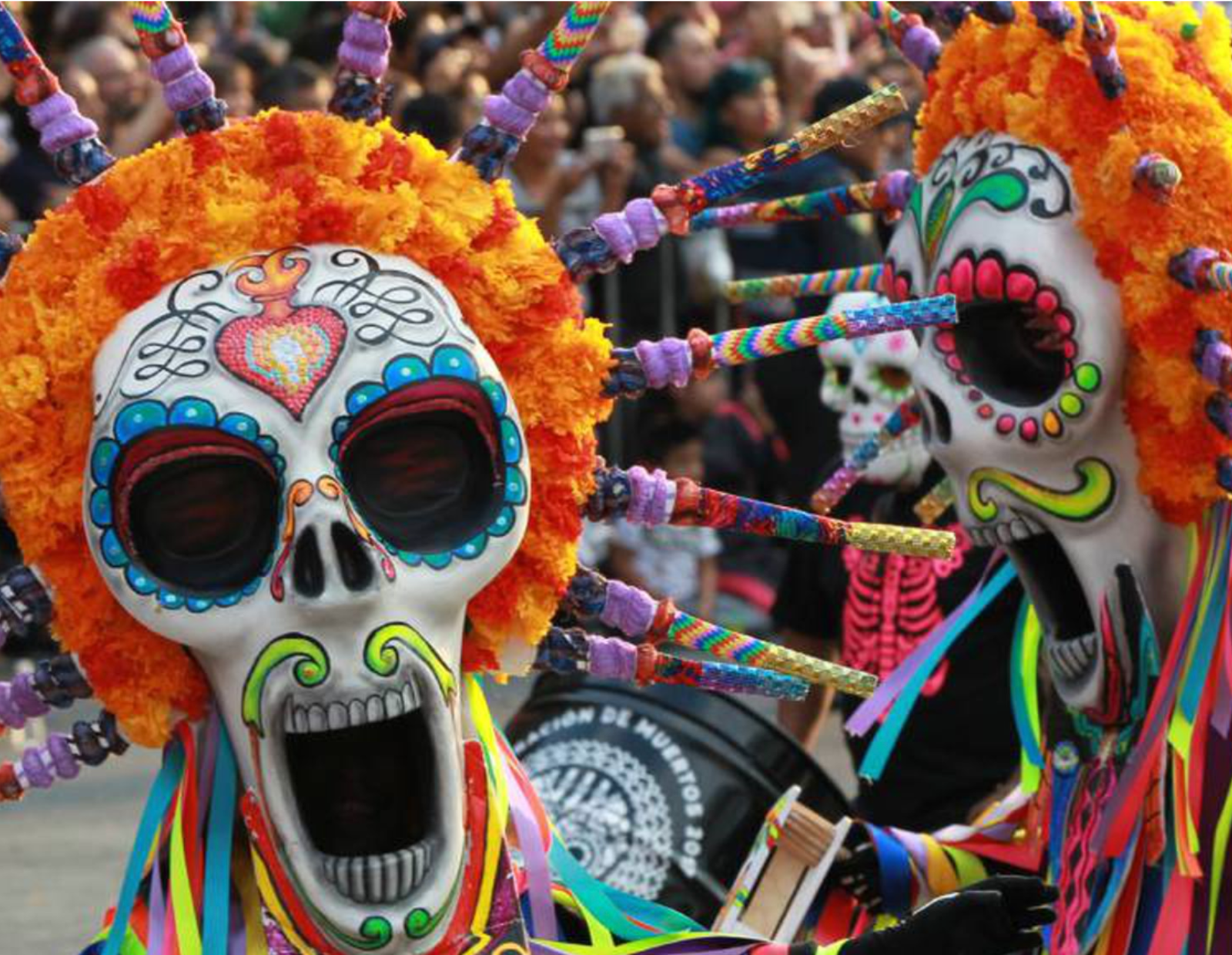
Day of the Dead parade in Mexico City. © Mario Guzmán
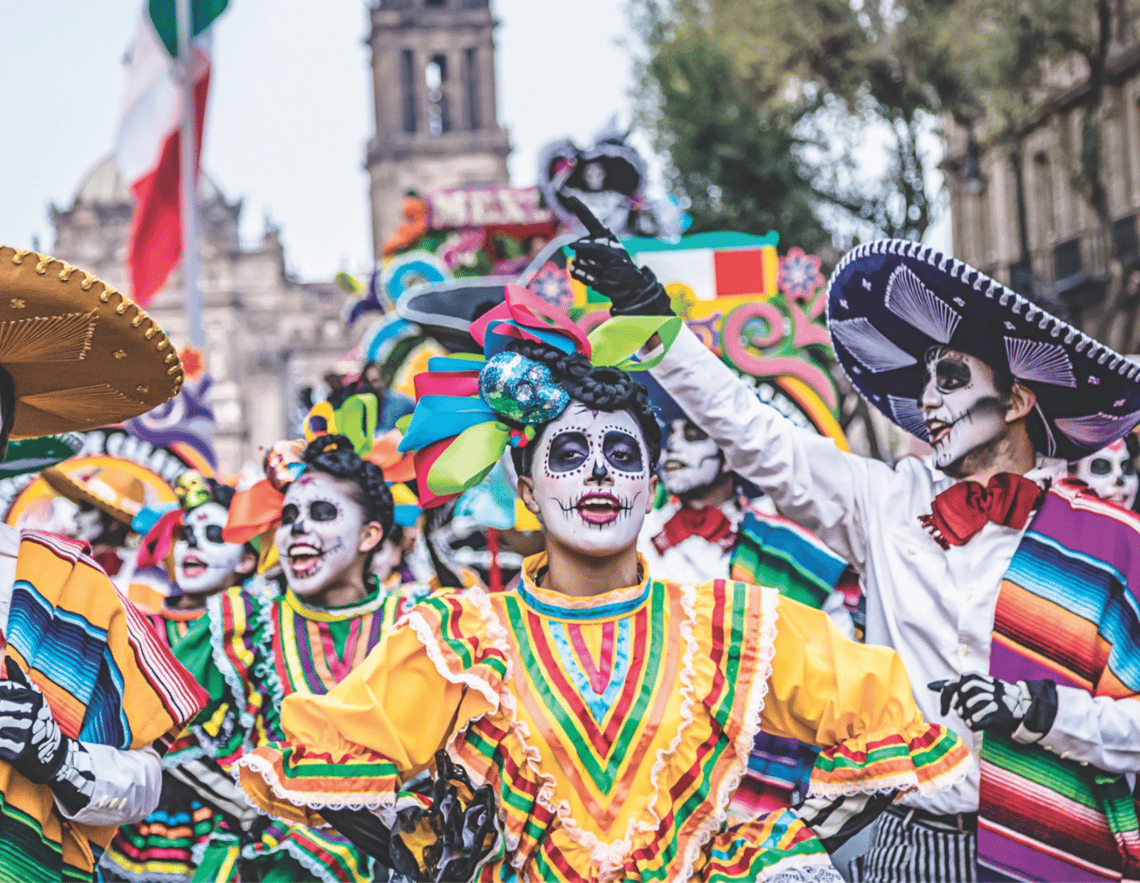
Another picture of the Mexico City Parade. © Mexico's Tourism Promotion Council
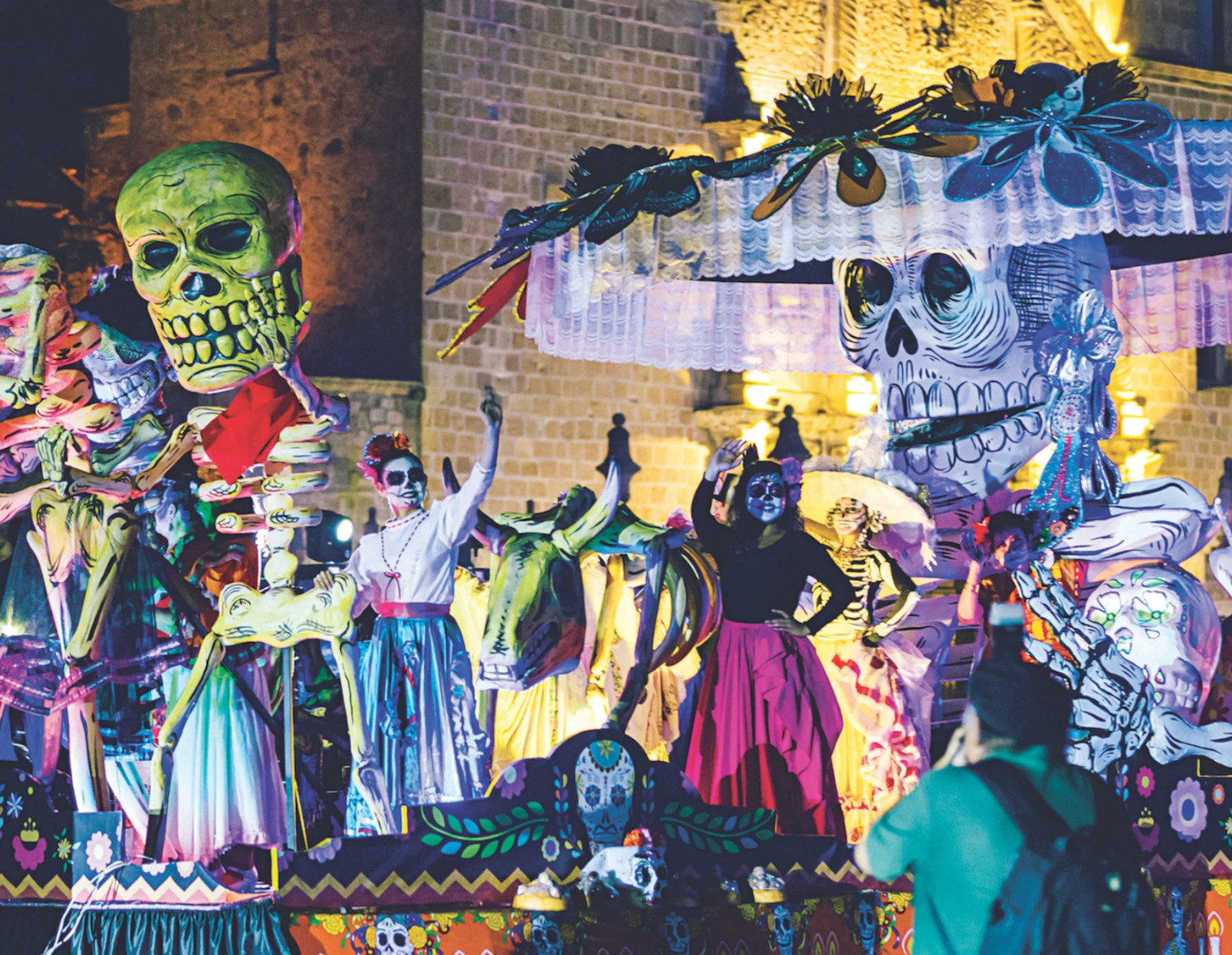
In Aguascalientes, the Day of the Dead is extended to nearly a week of celebration during the "Festival of Calaveras" (Festival of skulls). © Mexico's Tourism Promotion Council
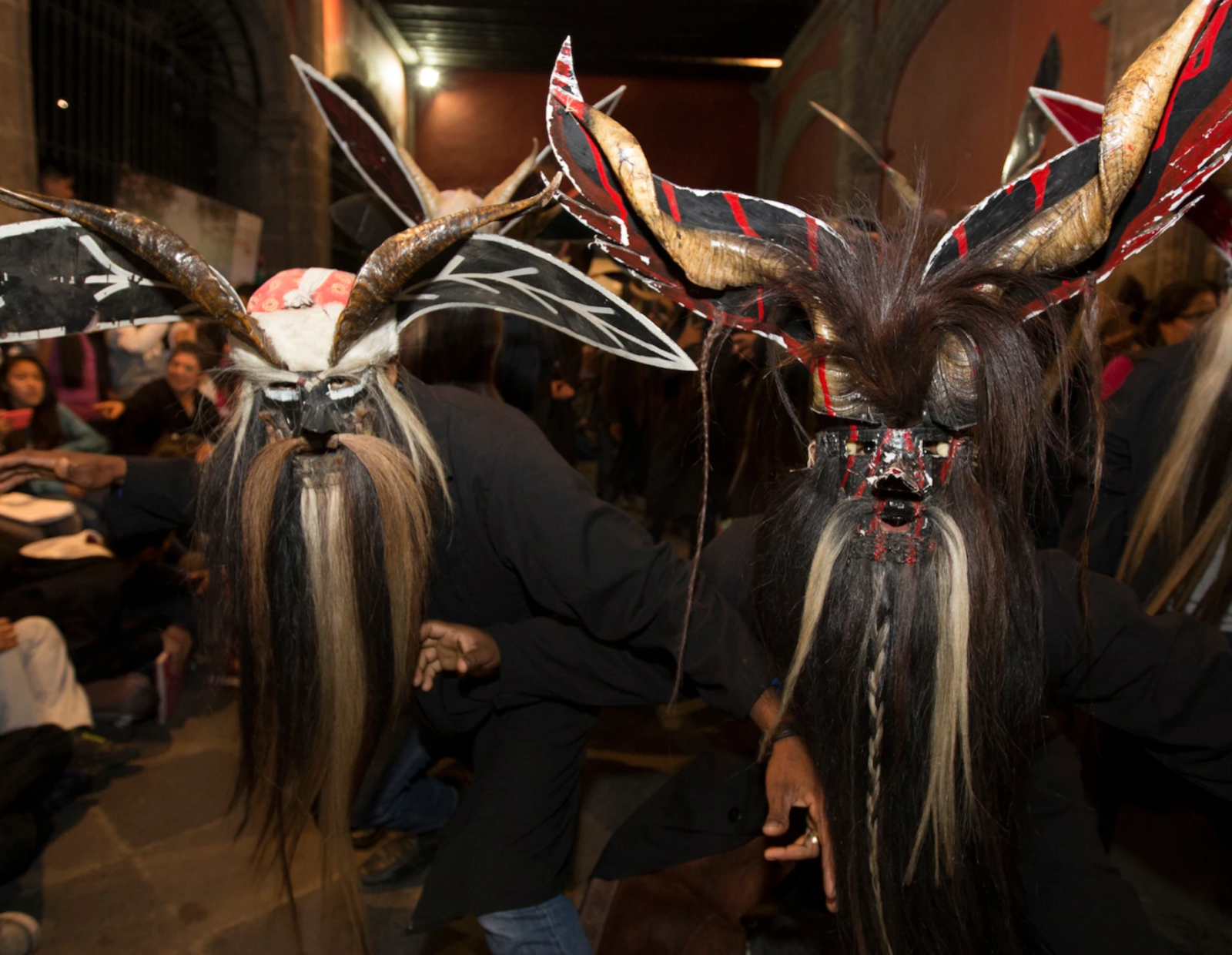
In Guerrero, celebrations begin in early October with dances in Cuajinicuilapa inherited from their ancestors of African origin, the so-called "dance of the devil". © Mexico's National Commission for the Development of indigenous people/ Juan Manuel Valdés Hernánde
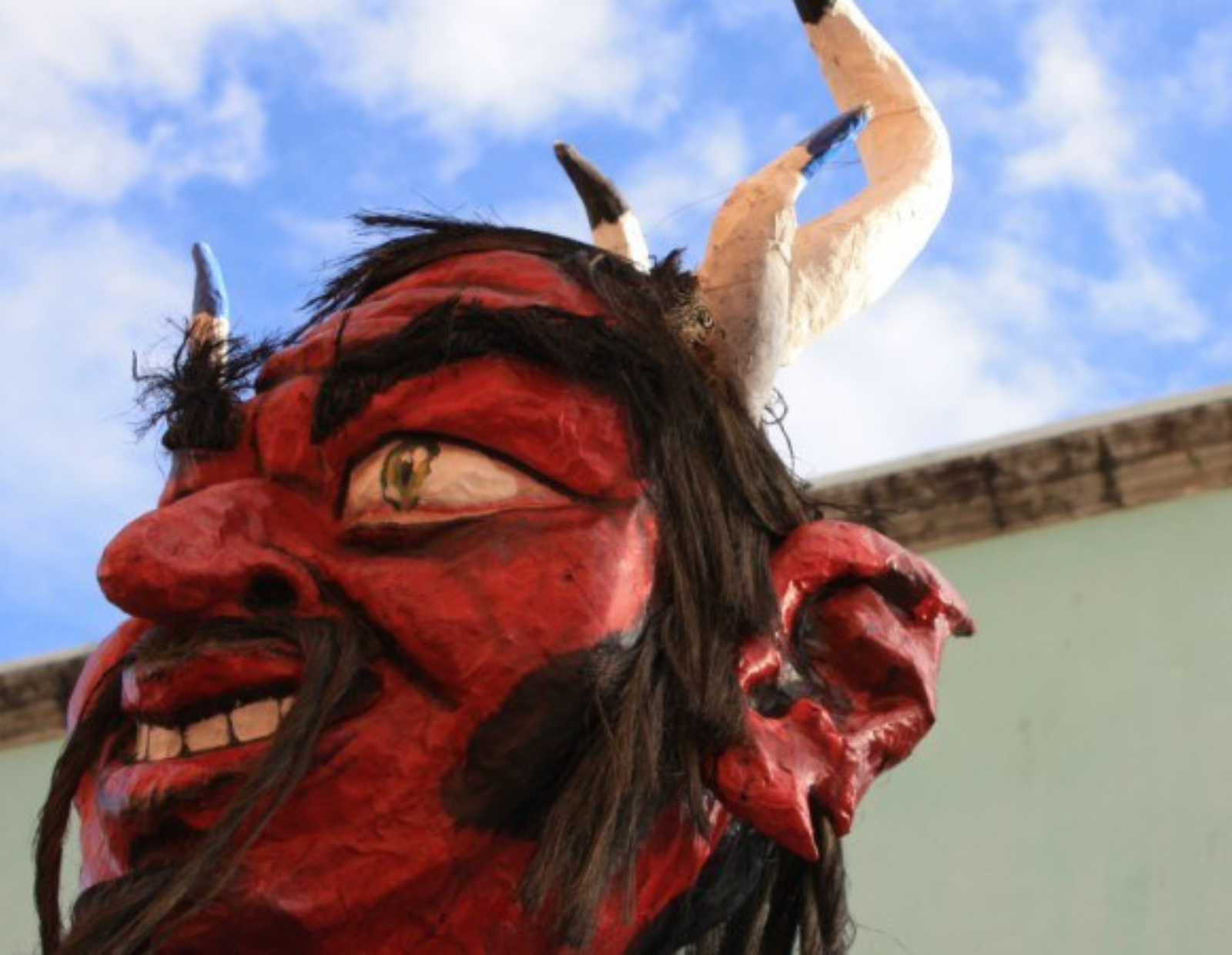
Traditional devil's head for the Festival of the Dead - Oaxaca, Mexico ©David Cabrera
Want to go to Mexico? We’ll be launching our Mexico for people in their 30s and 40s soon! Make sure you’ve registered for our newsletter to hear about it.
In the meantime, check out our other trips—for example to Colombia!



